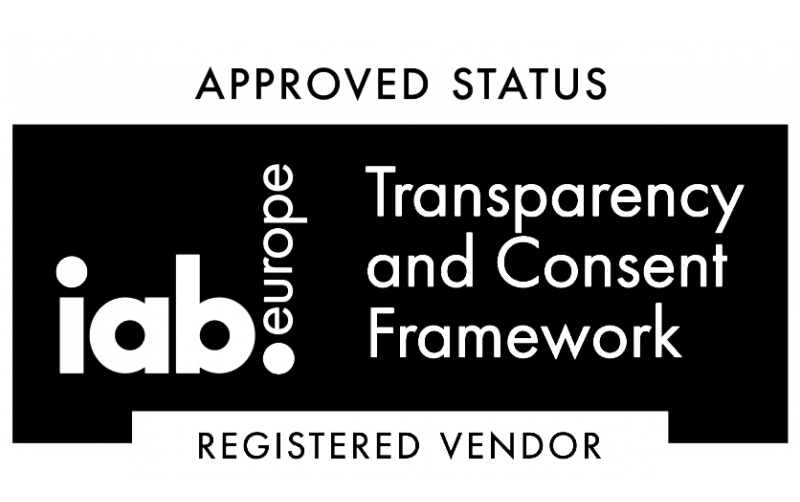The Science of Responsive Web Design

It is a known fact that people like to interact with websites designed interactively, and don’t pay attention to those with a dull interface. Businesses that understand how a creative design can influence the buying decisions of their clients will create websites that catch the eye. With the help of a responsive web design, enterprises can make an impact on users. From laptops to smartphones, responsive websites can be easily opened on any device with a good browser. Making them accessible to every target audience, as well as enhancing the prospects of widespread engagement effectively.
What is Responsive Web Design?
Responsive web design has been defined as “building websites that offer consistent visual experience on both desktop and mobile devices”. For example, with the capability of screen adjustments, meaning that all the components of a website can quickly modify their appearances according to the screen size on which they are opened. This is a great feature that makes a website highly interactive for visitors. Whether you open it on a desktop, tablet or mobile phone, the visual experience of the overall website UI remains the same everywhere.
Responsive websites use fluid grids and CSS styling to alter the screen size of every component. All the adjustments are made in real-time, so that users don’t have to wait for any screen resizing. These websites provide a seamless navigation experience across all devices, hence they are built carefully keeping all the standard UI/UX requirements in check.
Why Creating a Responsive Design?
When it comes to market products or services, it is important for businesses to grab the attention of every visitor coming to the website. If a property company has built a new platform utilizing trendy real estate website ideas, then grabbing the attention of the masses will definitely become its top priority. It cannot differentiate between the traffic coming from desktops and mobile devices, as both user classes are equally important. This is where the concept of responsive web design comes into play, giving businesses leverage to design and launch just one website for all the users.
Tips to Create Quality Responsive Designs
Creating a catchy responsive design is not easy, which is why most beginners face difficulties while working on it. The UI components of a responsive website are created with a different approach, hence it is important to follow the rules to get the required results in the end. If you do not know which practices are used by the professionals to create such designs, take a look at the tips given below.
Design Website Navigation Menu Smartly
A navigation menu that can adjust easily on all types of screens is considered a major feature of a responsive design. Whether you are opening a website on a desktop or smartphone, the navigation menu should be placed smartly so that resizing would not become an issue. Make sure to populate your menu with all the page links that are most important for visitors. This strategy comes in very handy when taking the visitors towards the final conversion pages.
Start Designing with a Mobile-first Approach
Websites created with a mobile responsive design always get more traffic compared to the conventional ones. Why? These websites attract traffic from multiple sources. Hence their pool becomes bigger and better. They also provide businesses a great opportunity to attract tons of leads, and get a standout presence in the market.
Use Call to Action Buttons
Using call-to-action buttons on the webpage is extremely important to guide visitors towards specific action points. On many occasions these buttons are used to take customers towards sales pages. Without them it would become more difficult for site owners to guide people on where they should go next on the site. Ideally, these buttons should be created with strong colors, as that will help to make it prominent on the page. The size of the button should also be selected smartly, keeping in view the perspective of users. Generally, it should be big enough to get recognized quickly, so that people can easily click on it without going into any confusion.
Responsive web design is the key to enhancing fundamental indicators like engagement or accessibility. In the height of the ecommerce era a dynamic site can make the difference between the success and the failure of our business.
Hailey Savona is an avid content marketer at a leading graphic design agency: Logo Poppin. She loves to talk and write about tech including the latest trends.
Stay tuned!

- Contacto DPO: privacy@telecoming.com
- Finalidad del tratamiento: suscripción al blog.
- Legitimación del contrato: consentimiento.
- Destinatario de cesiones o transferencias: no se efectúan transferencias de datos fuera de la UE.
- Derechos de las personas interesadas: acceso, rectificación, supresión, oposición, limitación del tratamiento, portabilidad de los datos e interposición de reclamación ante la AEPD.



